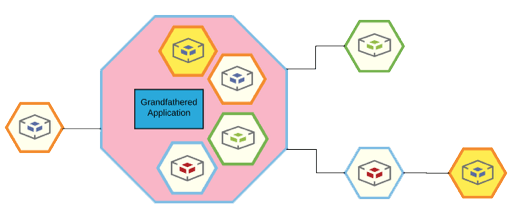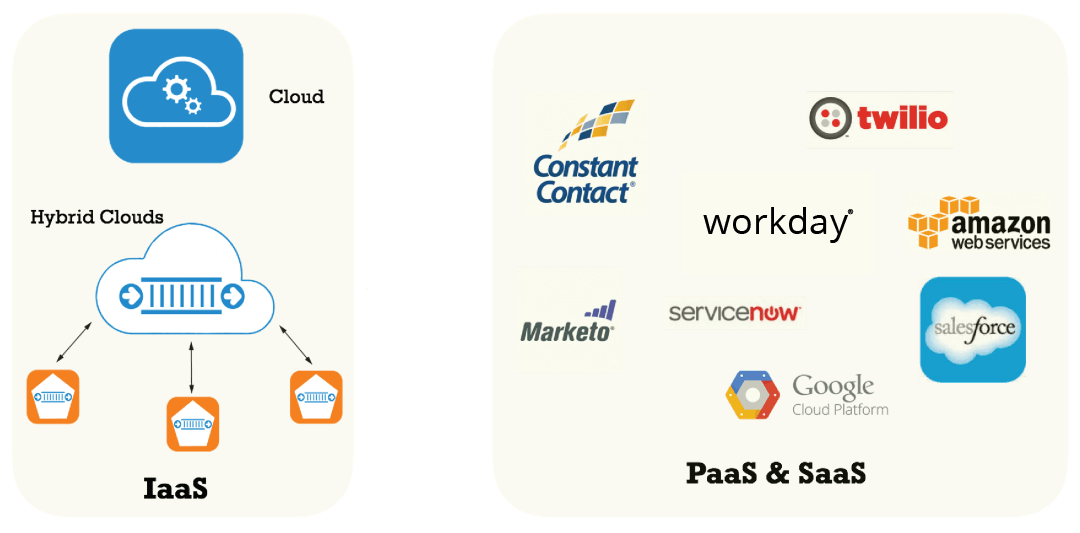
Bring Grandfathered Applications into the World of Microservices
Posted onOctober 25, 2016
Anyone who has ever popped open the hood of someone else’s code has noticed the same thing: software is getting really complicated. Even with the growing prevalence of low-code options, some seasoned programmers would rather build everything from the ground up than...



